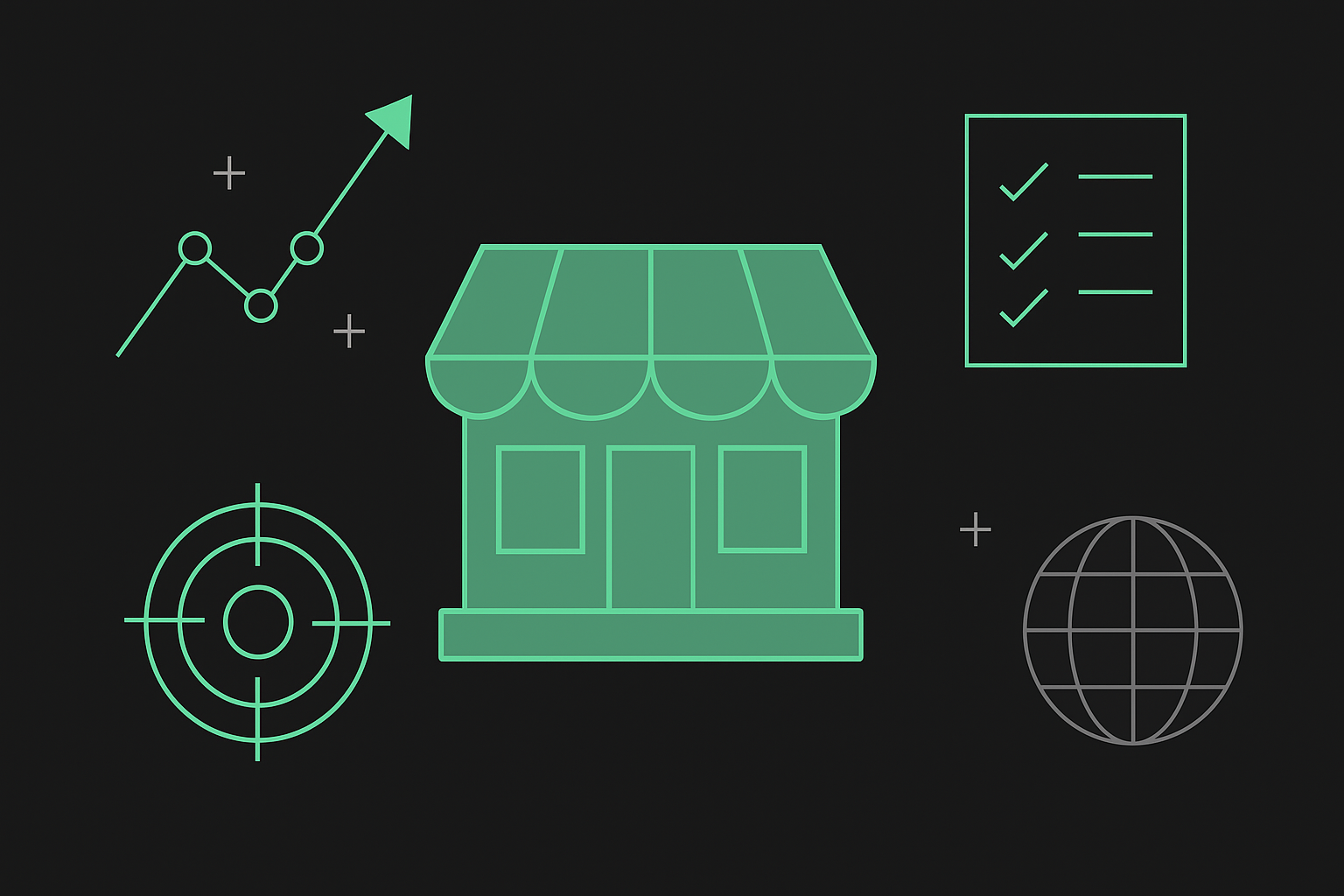Navigating from Operational to Strategic: Advancing Your Digital Customer Experience
In the evolving landscape of Digital Customer Experience (DCX), moving from an Operational (Level 2) to a Strategic (Level 3) maturity level is pivotal for businesses aiming to deepen customer engagement and leverage data-driven insights. At this juncture, companies will often see significant returns on their digital experience investment. Here, we outline a roadmap for organizations ready to elevate their DCX from operational efficiency to strategic innovation.
Understanding Level 2: Operational
At the operational level, organizations have established a solid digital presence, with strategies that include multi-channel marketing, basic personalization, and data-informed decision-making. Despite these advancements, companies at this stage may still experience challenges in creating seamless cross-channel experiences and fully leveraging customer data for insights.
The Goal of Level 3: Strategic
The strategic level is characterized by a holistic approach to the digital customer experience, with advanced segmentation, integrated multi-channel strategies, and the beginning of AI-driven insights. Organizations at this level not only understand their customers' behaviors and preferences across channels, but also anticipate needs and personalize experiences in real-time.
Real time personalization at this stage can come two forms:
- Relevant Blog Content
- Relevant Support QA
Step-by-Step Guide to Transition
1. Upgrade Data Infrastructure & Analytics
The biggest investment companies need to make when upleveling to strategic is to invest in their data strategy. At this stage, companies need to have a centralized source of truth that often comes in the form of a data warehouse. The data warehouse will ingest data from all data sources and distribute it to all destinations. This ensures that all downstream tools, (CRM, Email Marketing, Analytics) all say the same thing. These companies have data teams that build complex reporting and have a 360º view of the customer profile. Upgrading your analytics capabilities will consolidate and interpret customer data from all touchpoints.
2. Advanced Personalization
Personalization should not only include a bit of information about the user, but be personalized to align with their current customer journey. For instance, if a customer takes a look at your pricing page, you should have an automated message from a sales rep asking if they had any questions about pricing and/or features.
3. Global Localization and Compliance
As an organization transitions from level 2 to level 3, it is likely they will want to make their content accessible to more people. This often requires further investment into localization so people of other languages can read their content, as well as ADA compliance for the visually impaired.
4. Culture of Continuous Optimization
Organizations will regularly analyze performance data from all channels to identify opportunities for improvement and to further optimize the customer journey. This includes A/B testing, customer feedback loops, and strategy adaptation based on evolving customer needs and technological advancements.
5. Investment in Artificial Intelligence & Machine Learning
At this point your organization would also begin to incorporate artificial intelligence (AI) and machine learning technologies to automate personalized customer interactions. AI can help analyze customer data at scale, predict customer needs, and deliver tailored content and recommendations across all channels.
Challenges Organizations Run into When Transitioning
- Expensive investments
- Locked into contracts with the wrong tools
- Internal cultural resistance to change
- Integrated, siloed data sets
How do you know you’re at level 2?
- You have a single customer view
- Digital is a major revenue contributor
- Expansive A/B testing across all platforms
- Investing in AI/ML
- Move beyond multi-channel presence to a seamless omnichannel strategy. This involves integrating your marketing, sales, and customer service channels so that customers receive a consistent, personalized experience regardless of how or where they interact with your brand.
Key Takeaways:
Leverage AI for Personalization and Automation
- Begin to incorporate artificial intelligence (AI) and machine learning technologies to automate personalized customer interactions. AI can help analyze customer data at scale, predict customer needs, and deliver tailored content and recommendations across channels.
Foster a Culture of Innovation and Agility
- Encourage a company-wide culture that embraces change, experimentation, and continuous learning. This cultural shift is essential for adapting to new technologies, customer expectations, and market trends with agility.
Enhance Customer Journey Mapping
- With advanced analytics and omnichannel strategies in place, refine your customer journey mapping to identify and address gaps in the customer experience. Enhanced journey mapping enables more targeted interventions, improving satisfaction and loyalty.
Establish Metrics for Strategic Goals
- Define clear metrics and KPIs that align with your strategic objectives. This could include measures of customer lifetime value (CLV), customer satisfaction scores (CSAT), net promoter scores (NPS), and conversion rates, among others. Regularly review and adjust these metrics to stay aligned with business goals.
Conclusion
Transitioning from an operational to a strategic DCX maturity level empowers businesses to not just respond to customer needs, but anticipates and shapes them. This journey requires a commitment to advanced data analytics, omnichannel integration, AI-driven personalization, and a culture of innovation. By embracing these strategies, organizations can achieve a competitive edge, delivering experiences that truly resonate with their customers.
For businesses seeking guidance on advancing their DCX maturity, partnering with experts like Outliant can provide the insight and support needed to navigate this complex but rewarding transformation.










